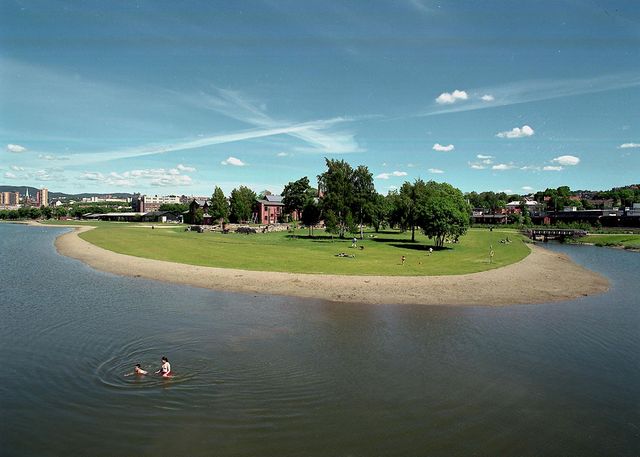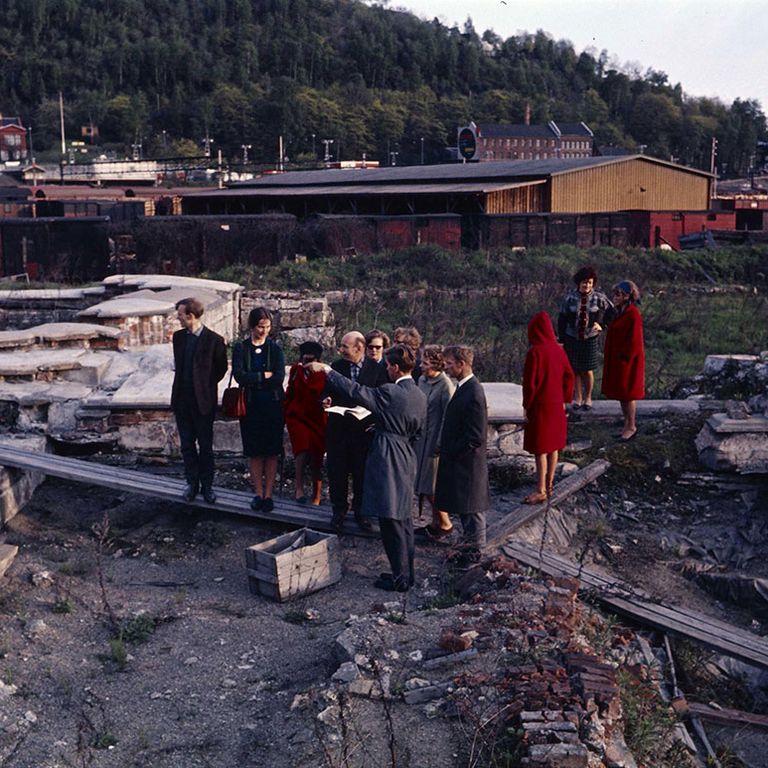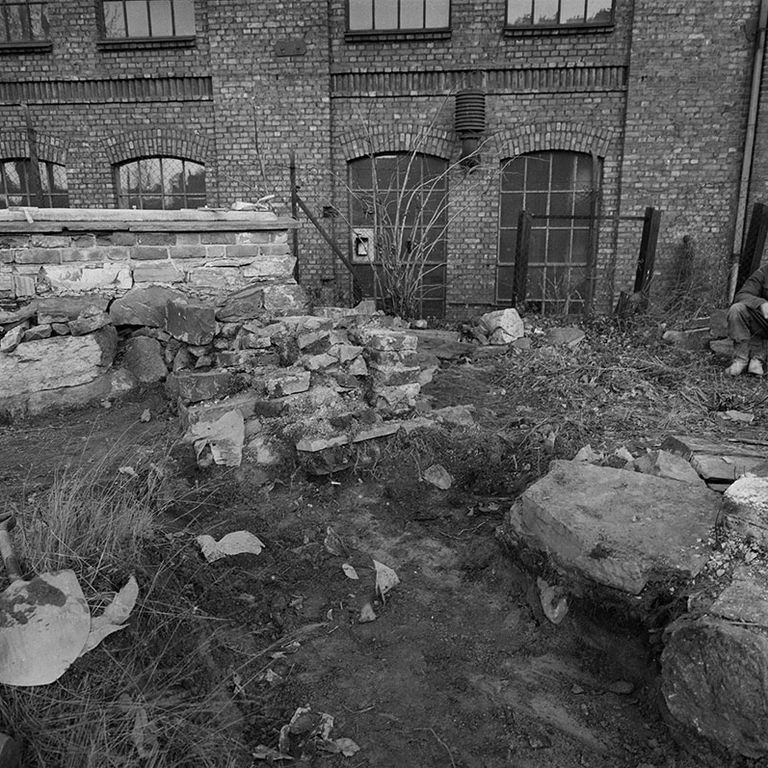In words and pictures: The Medieval Park

The largest ruin area in the Nordic countries
It is part of the Medieval Park area along with the Memorial Park and Oslo ladegård. This area is the largest contiguous preserved ruin site in the Nordic countries. The ruins in the park are from the Maria Church, the Clemens Church, and the Royal Estate.
On the west side of the park, there is a reflecting pool that has been nicknamed Tenerife. The Medieval Park has previously been the home to both the Øya Festival (2001–2013) and the Oslo Medieval Festival (1994–2013). Today, the Follo Line with the Blix Tunnel runs directly beneath the park.
St. Mary's Church
St. Mary's Church was a church at the foot of Ekeberg and is believed to have been first erected in the middle of the 11th century. The church was the king's own church, and the ruins of the foundation still lie in the Medieval Park. The oldest version was a single-nave wooden building which was later converted into a stone church and expanded several times.
Around the year 1300, St. Mary's Church underwent a major reconstruction and was transformed into a large brick church. The nave was extended westward, gained two new towers in the west, and a new cross-shaped chancel. St. Mary's Church burned down in the year 1523, and by 1542 it was so dilapidated that it could no longer be repaired. Consequently, the church was razed to the ground.
St. Mary's Church served a religious function, but was most significant as a political institution and state administration before the Reformation. King Haakon V was buried in St. Mary's Church.

Clemens Church
Clemens Church was likely built around the year 1100, but there have probably been two or three wooden churches at the same location before it. The first church may have been founded by Olav II Haraldsson (Saint Olav) or Olav Tryggvason. The last wooden church was presumably built at the request of Harald Hardrada.
Around the church, remains of one of Norway's oldest cemeteries have been found, with graves dated to around 980-1030. These are some of the oldest Christian graves found in Norway, suggesting a well-established Christian community in the area already before the year 1000.
The Medieval Park and the ruins of this church are located in the Old Oslo district, and it is around the cemetery of this church that the first urban settlement in the city began to take shape. Clemens Church was a stone church with corner towers, and is one of the few churches known to have a two-aisled floor plan. The church fell out of use after the Reformation and was probably reduced to ruins shortly thereafter. The ruins that remain of the church today are protected as a heritage site.

Images and videos on other websites
- Se flere bilder på digitaltmuseum.no
- Watch the movie "Her hviler… – Oslo's cemeteries, 1953" on youtube.com